However, I do feel I have experience many, many significant events in the Earth's history. Every geologist has. Every time you look at a rock, you are viewing the record of everything that has happened to it. For me, the most memorable geological events I've experienced are those recorded in the cliffs of Santorini, violent events that have left their mark across the eastern Mediterranean. Maybe I'm stretching the definition of 'experience' a little, but wandering around Santorini you often come across huge boulders left in improbable positions. Just like Siim from Sandatlas (whose post partly inspired this one), every time I spotted one I had to stop and wonder how they got to be where they were. Seeing these boulders really brought home how powerful the eruption was.
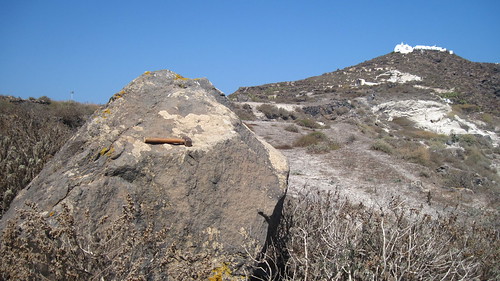
A large block of lava, thrown on top of the cliffs by the Minoan eruption of Santorini.
Maybe you're not lucky enough to be able to visit a volcano, active or otherwise. But experiencing a geological event is easy. You don't have to go to San Francisco and wait for an earthquake, you just have to go outdoors. Here are some other geological events I have 'experienced'. I Spain I witnessed the collision between continents, an even powerful enough to bend and break huge areas of rock, tilting once horizontal beds vertical. I witnessed erosion removing weak rocks and leaving the strong as tall, thin walls.
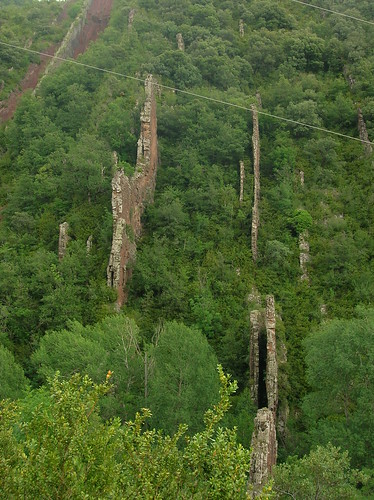
Resistant sandstone beds in the Catalan Pyrenees (see also this picture I posted last week)
Closer to home I saw hundreds of underwater avalanches, deep beneath the sea. Each of the lighter layers is a deposit from an avalanche, with the shale in between representing hundreds to thousands of years of very little happening. Each avalanche is a significant geological event, and here anyone can experience a huge number of them.

Turbidites on a wet Welsh beach
I have even experienced dinosaur walking across a quarry.

Dinosaur footprints, near Weymouth
Sitting here at my parents in south Wales, I know if I go outside I will soon be amongst the rocks from ancient deserts. Walk a bit further and I'll arrive in ancient coal swamps. By looking at the rocks, we can learn a great deal about what the past was like. This is how a geologist experiences history.
I shall leave you, however, with a gallery of large boulders the Minoan eruption transported. I have written before in more detail about how we can recreate the eruption from the deposits, but it was these boulders that allowed me to really experience the eruption.
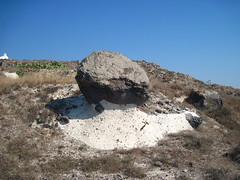

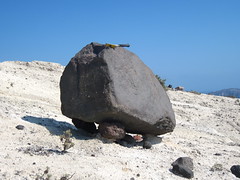
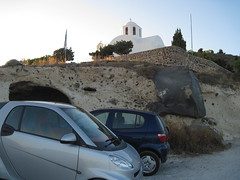
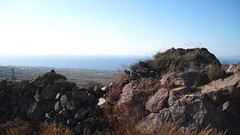

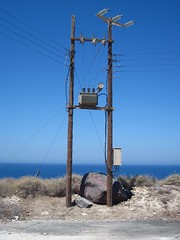
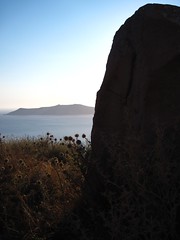

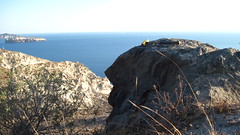





Comments